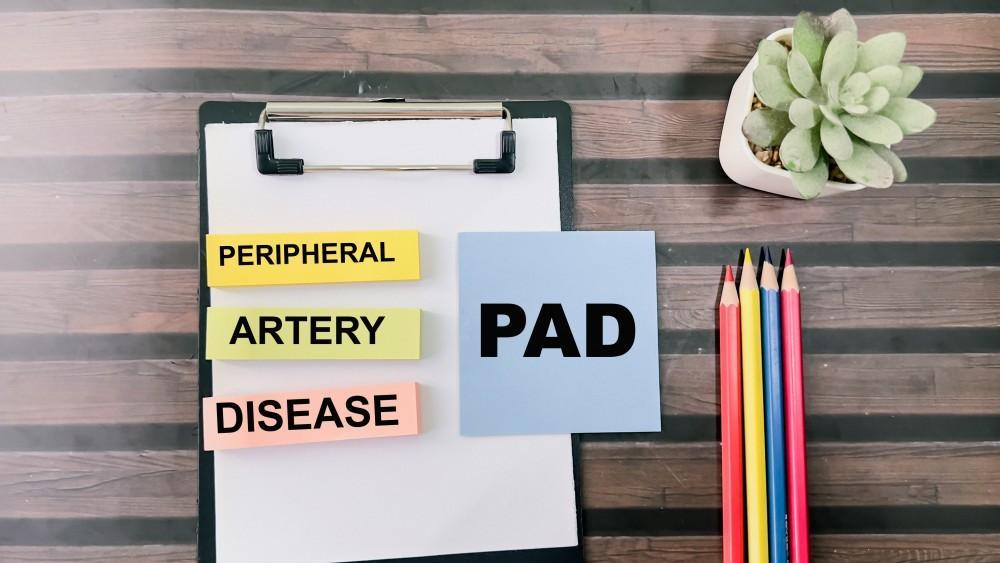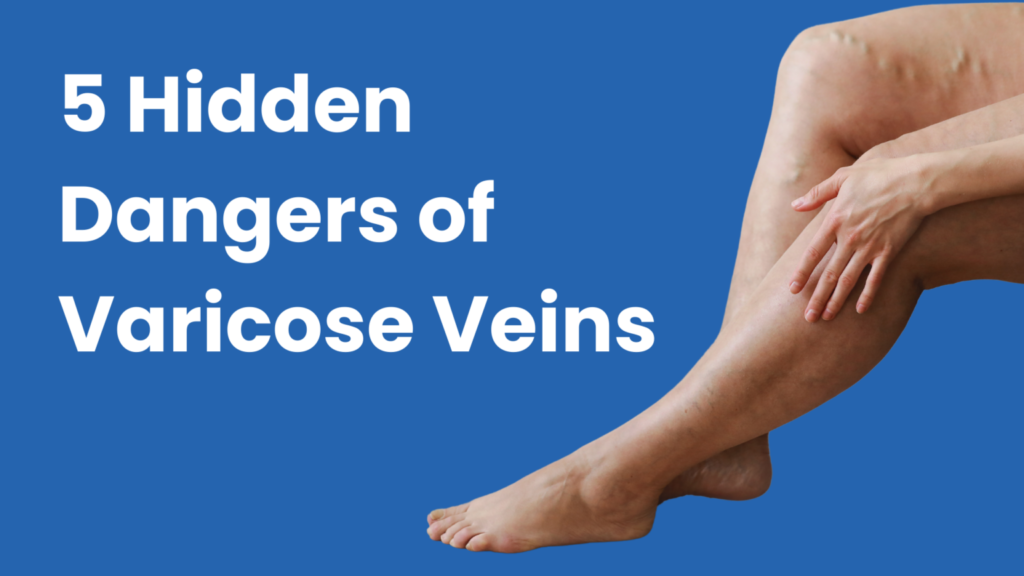Not too long ago, you wouldn’t think twice about joining a friend for a walk on the beach or going out for a round of golf. These days, leg pain is putting a damper on your ability to move around, and you want to figure out why.
If there’s no obvious musculoskeletal issue, a great place to start is to have us check you for peripheral artery disease (PAD), which affects between 8 and 12 million people in the United States, though we suspect these numbers are low.
At Soffer Health Institute, our team of heart health experts, with cardiologist Dr. Ariel Soffer at the helm, specializes in vascular problems and cardiology. This means issues like peripheral artery disease are solidly in our wheelhouse — we know how to diagnose and treat the condition before it leads to more serious problems.
In the following, we’re going to focus on what PAD is, what signs to look for, and how we can help improve the circulation in your legs.
PAD — when blood flow is limited
Your peripheral arteries are those blood vessels that carry oxygenated blood to different areas of your body, such as your arms, hands, legs, and feet.
With PAD, the arteries that go down into your legs are narrowing thanks to atherosclerosis, a condition in which plaques build up along the inside walls of your arteries. These plaques create blockages and slow down the circulation in your legs.
As PAD progresses, the plaque deposits can grow and eventually block the artery entirely, which can lead to serious complications, with limb-threatening infections (gangrene) topping the list.
Common signs of PAD
We kicked off this discussion describing scenarios that make you feel limited thanks to leg pain, which is one of the hallmarks of PAD. More specifically, this symptom is called claudication, which describes leg pain and cramping while you’re active that goes away when you rest. The discomfort might not be painful, exactly, as some people describe it as a feeling of heaviness in their legs.
There are other signs of PAD we want you to watch for, which include:
- Lack of toenail and leg hair growth
- Cold feet and/or toes
- Numbness in your lower extremities
- Shiny patches of skin
- Slow-healing wounds on your feet, ankles, or lower legs
It’s worth mentioning that many people don’t feel any symptoms until the artery narrows by 60% or more, and 4 out of 10 people with PAD don’t experience any leg pain. So, you know your body best, and if you’re experiencing strange symptoms in one or both legs that you can’t account for, it’s worth having us take a look.
Early intervention for PAD is key
We can’t emphasize enough the importance of early intervention with cardiovascular issues like PAD. If we find that the circulation to your legs is compromised, we can take immediate steps to improve the blood flow to help you avoid the potential complications of PAD, which include amputation, heart attack, and stroke.
The good news is that diagnosing PAD is simple — we start by checking the blood pressure in your legs. If we detect a problem, we investigate further with a vascular ultrasound to figure out whether there’s atherosclerosis and to what extent. Depending on what we find, we come up with a treatment plan that includes one or more of the following:
- Medications to improve circulation
- Lifestyle changes, especially diet and exercise
- Quitting smoking — smoking is one of the primary culprits behind PAD
- Daily foot checks
It’s also imperative if you have related health issues, namely type 2 diabetes, that you manage these conditions.
Let’s pause here because the next step is yours to take. If you want to figure out whether you have PAD or some other vascular issue, we invite you to contact one of our offices in Weston or Aventura, Florida, to schedule a comprehensive vein evaluation.



